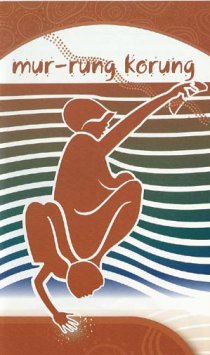
Heritage
For thousands of years the Worimi and Awabakal people hunted, gathered and cared for the fish food resources on Ash Island and other islands in the estuary of the Hunter River. They thrived on the abundant fish, shellfish, water birds and other animals as well as shoots and tubers of the wetland plants. Floodplain rainforest flourished in non-tidal areas of the larger islands.
We are honoured to be on the ancestral lands of the Awabakal and Worimi people who we acknoledge as the traditional custodians of the land and waters.
We pay respect to the Elders of the community and extend our recognition to their descendants. The figures in the Mur-rung Korung image are gathering and sowing, representing sustainable care of the environment. The Awabakal and Worimi share and care for the rich food and plant resources of the estuary of the Hunter River as they have done for thousands of years.
The Aboriginal peoples originating from around the north of the Hunter River estuary are from the Worimi nation. As they were close to the coast and enjoyed a mild climate, their traditional diet was made up largely of fish and seafood such as lobsters, crabs, eels, shellfish and oysters.
The wetlands and rainforest of the estuary supplemented this diet and provided much of the material for medicines, tools, utensils, weapons, shelter, ornaments and ceremonial objects used in traditional life.
Despite their now living in a largely european community, Aboriginal use of the land is still a living tradition, with traditional foods, medicines and ceremonial plants remaining part of their lives.
The local Worimi peoples, like other indigenous peoples around the world, have had a close relationship with the land, plants and animals around them. Throughout the generations, they have looked after the land, taking only what was needed for food, medicine, shelter, clothing etc, giving thanks and trusting the earth to replace what was used.
Mur-rung Korung is the name given to this Environmental Trust funded revegetation project. It is the local Kattang language and means”Beautiful Wilderness”.
